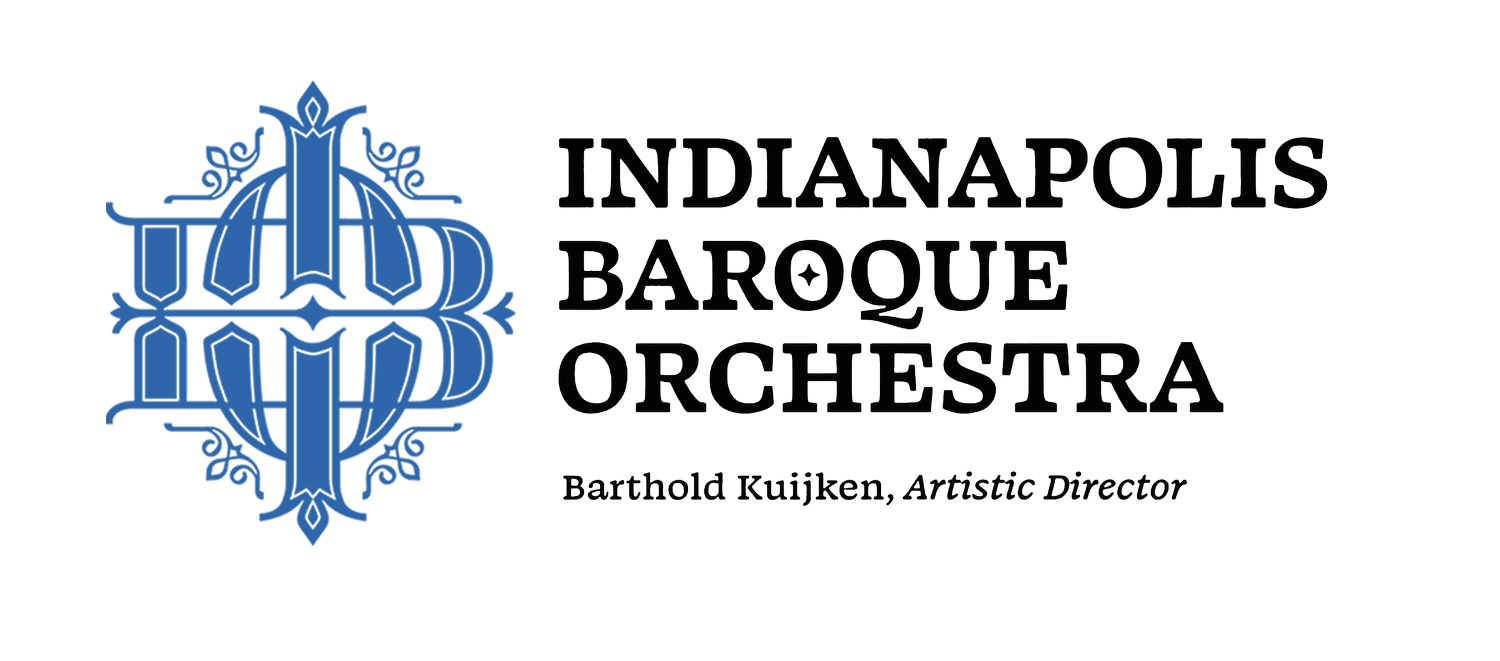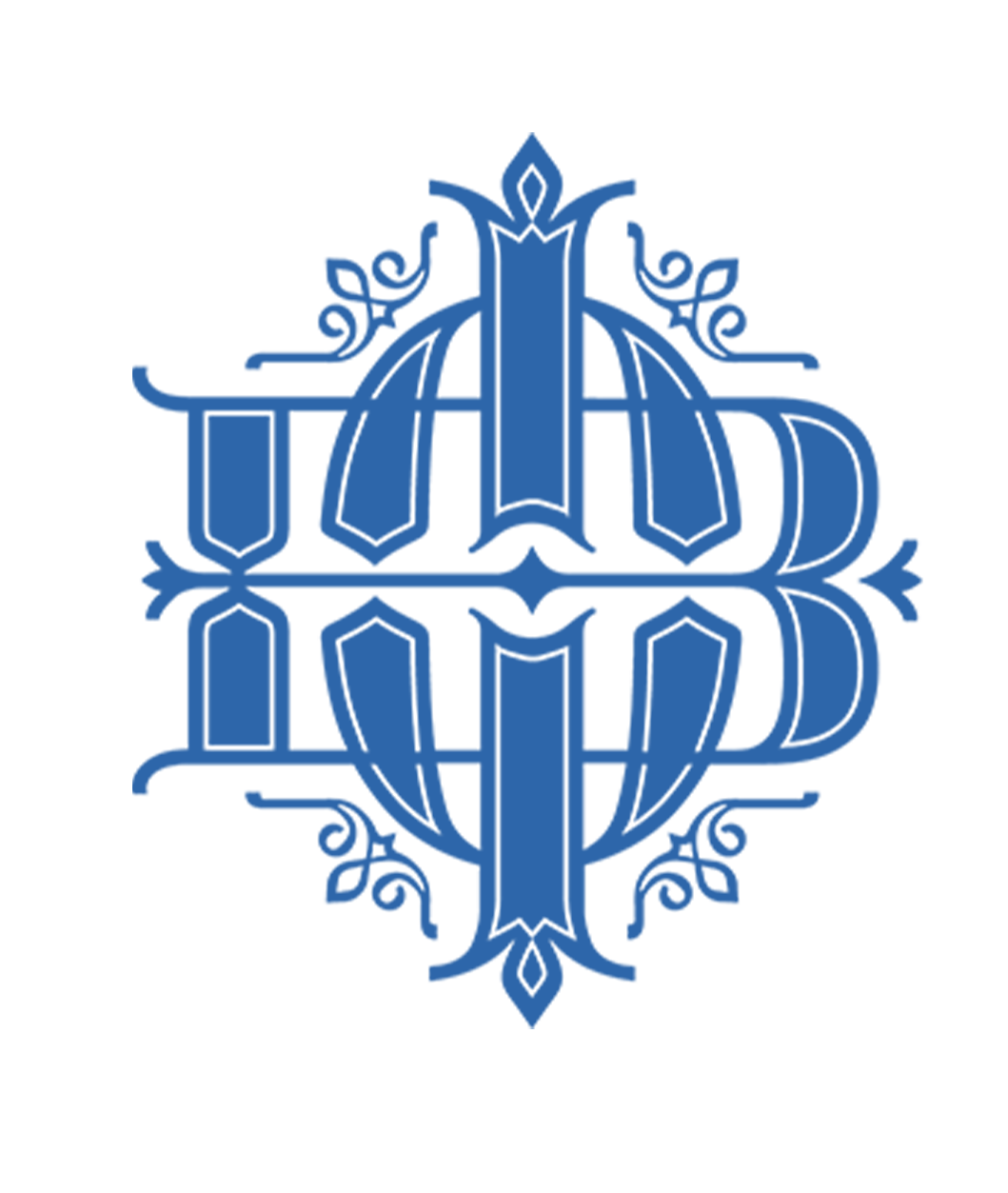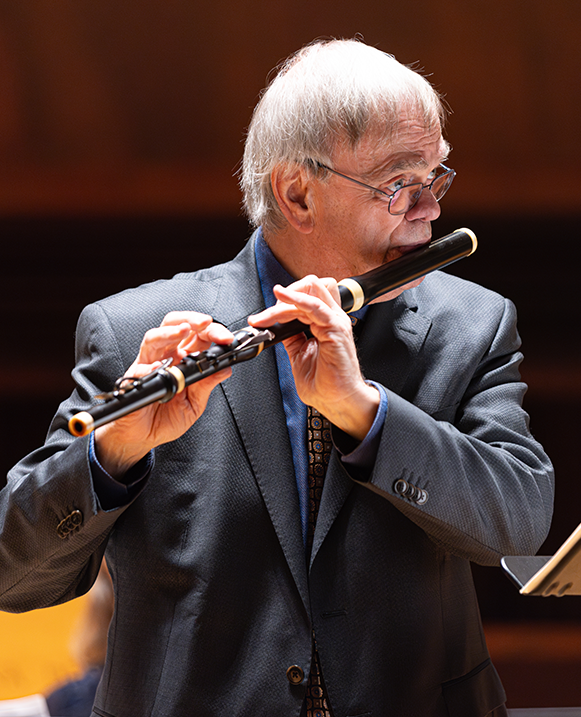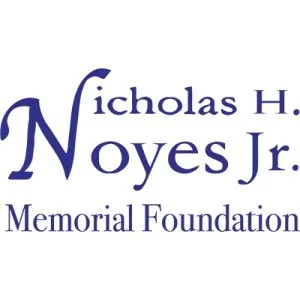Christel DeHaan Fine Arts Center
University of Indianapolis
1230 Greyhound Ln
Indianapolis, IN 46227
November 6, 2022 | 4:00PM
Orchestra patrons have always taken pride and pleasure in having their most prominent players shine in public. From around 1700, concertos for one or more soloists with orchestra became rose to prevalence throughout Europe, often based upon the great examples of Arcangelo Corelli and Antonio Vivaldi. During his time in London in the early 18th century, G.F. Handel composed Concerto Grosso Op. 6 No. 6 in g-minor, which features a small group of two violins and cello in contrast with the full orchestra. In the middle of the 18th century, Johann Gottlieb Graun wrote for a quartet of soloists, including the flute, violin, viola da gamba, and cello, in Concerto Grosso in G-Major. At the time, Berlin was the only German city were the viola da gamba, an instrument more usually associated with France, was held in high esteem. Franz Benda, the great Berlin violin virtuoso, mostly wrote for one solo violin or flute, as is featured in Concerto in e-minor.
As the century progressed, the fashion of the concerti grossi decayed in favor of symphonies, which often required greater virtuosity from the whole orchestra. In the case of his 1773 Hamburg symphonies, C.P.E. Bach was encouraged by the Viennese commissioner Van Swieten to write freely, without avoiding any difficulties – this is exactly what he did! We therefore conclude From Concerto (grosso) to Symphony with C.P.E. Bach’s Symphony in C-Major.
Barthold Kuijken
Artistic Director & Traverso

On the Program:
George Fredric Handel | Concerto Grosso, Op. 6 No. 6 in g minor
Johann Gottlieb Graun | Concerto Grosso in G Major
Franz Benda | Flute Concerto in e minor
Carl Philipp Emanuel Bach | Symphony in C Major









